BAE develop anti-tax evasion software, NetReveal
With its Eurofighter jets and Bradley tanks, BAE Systems has a long history of protecting countries from military attack. But now it is building weapons to go after an altogether different enemy: tax fraudsters.
Europe’s biggest defence company says it is in talks to sell its NetReveal anti-tax evasion software to a number of central Europe governments and expects to double its client base in the next two years.
Missing payments and networks of ghost companies account for a huge chunk of the estimated €170bn in unpaid VAT that goes missing in Europe every year. Technology can be particularly effective at using patterns of payments to spot carousel fraud and other organised schemes.
“Digital defence is the new frontier. It is a reality now,” said George Robbins, senior director and general manager at NetReveal. “For people like ourselves with a technology and defence background it is a tremendous opportunity.”
NetReveal has already huge success in Slovakia, which estimates it loses at more than €3bn a year in VAT fraud, more than its annual education budget. The country implemented the platform in March and made back the price it paid to BAE within a month of operations. In the six months since then, it increased its tax receipts by more than €500m.
As a result, neighbouring Czech Republic, Poland and Hungary have all met BAE to discuss the possibility of purchasing the technology, according to government officials.
“Countries in the region are taking an active interest in how the Slovak programme is developing,” said David Chapman, sales director for the region.
NetReveal works by processing the vast reams of payment, company ownership and import/export data to build a map of business transactions taking place, allowing authorities to spot fraud and prosecute offenders.
“What it is particularly adept at is pulling out organised groups. Tax fraud, at scale, is normally executed by organised criminals or gangs that treat this as a business,” Mr Robins says.
It is currently used by more than 30 countries and Mr Robbins says he “comfortably expects” that number to double within the next 18-24 months.
“We have never had a client that has not made their money back in a very short period of time,” he added. “This is a very strongly growing part of our business.”
BAE’s current NetReveal customers are mainly governments of richer countries, such as the UK, Australia and others in western Europe and North America. The benefit for potential new customers in developing countries is that tax evasion typically costs them a larger percentage of their gross domestic product.
Digital weaponry is a major growth area for Britain’s BAE and its global rivals, as the arms industry turns increasingly to information security to help make up for falling government spending on traditional military equipment.
BAE bought American cyber security company SilverSky for $232.5m in October, financial crime software outfit Norkom in 2011 for €271m and technology company Detica in 2008 for £531m.
The division, now called Applied Intelligence, brought in £1.24bn in revenue last year, out of total group revenue of £18.18bn.
How carousel fraud works
BAE’s NetReveal technology works by spotting the trends and patterns in company ownership and payment records that indicate fraud. One common form of VAT fraud is carousel fraud, which involves a chain of companies controlled by a series of accomplices, or a gang.
Company A, for example in the Czech Republic, sells €10m worth of mobile phones to Company B in, say, Slovakia.
Company B imports these phones VAT-free and pays Company A €10m.
Company B then sells the phones to Company C, run by an accomplice. Company C pays Company B €10m, plus VAT of 20 per cent, which totals to €12m. This VAT is due to the government.
This selling procedure can carry on for many, many companies in the same country. They may be shell companies owned by one person, or individual front companies owned by members of the gang. The larger the number of companies, the more complex a system it is and the harder it is to spot.
Finally, the last company in the chain, Company C in our example, exports the mobile phones to Company D in a third country, such as Poland, for €12m.
Under this scheme, Company B is legally bound to pay €2m in VAT to the authorities but never does.
Company C is legally allowed to claim back €2m from the government tax authorities as exports are VAT-exempt.
As soon as the refund is processed and sent to Company C, but before Company B has paid the VAT, both companies disappear with a €4m profit.
Company D can then repeat the process again with the same goods.
Source FT.com




